EU declaration conformity
CO2 sensor | wall mounting | LED indicators | 24 V DC
Product description
This HVAC sensor measures temperature, relative humidity, CO2, and ambient light levels.It's commonly used to monitor CO2 in places like schools, offices, and restaurants.
Visual CO2 Indication: CO2 levels are visually shown via green, yellow, and red LED indicators, which have adjustable light intensity.
Data Transmission: Measured values are transmitted through Modbus RTU communication and three analog outputs. The default output is 0-10 Volts, with other types available.
Ventilation Control: The ventilation system can be controlled based on room occupancy using ambient light detection.
Power & Configuration: It operates on a 24 V DC supply voltage. All parameter settings are adjustable via Modbus RTU communication.
Documents
Additional specifications and description
Why is CO2 Concentration a Key Indicator for Occupancy and Ventilation?
People produce CO2 or carbon dioxide while breathing. That makes CO2 concentration a good indicator for the occupancy and activity level in a space. In many applications, CO2 sensors are used as an indicator for the ventilation requirements. This HVAC transmitter offers a clear, visual indication of the CO2 level via the green, yellow and red LED. The green LED indicates that the CO2 level is within range - there is sufficient fresh air supply. When the CO2 level enters the alert range, the yellow LED lights up. Red means that CO2 levels are too high or that there is insufficient fresh air supply. The measured temperature, relative humidity, CO2 and ambient light level are available via Modbus RTU. Photo-acoustic sensing technology is used to measure the CO2 level. This makes the sensor very sensitive and specific, making it useful for the detection of various gases. The use of specific infrared wavelengths that correspond to CO2 absorption lines ensures that interference from other gases is minimised.
People produce CO2 or carbon dioxide while breathing. That makes CO2 concentration a good indicator for the occupancy and activity level in a space. In many applications, CO2 sensors are used as an indicator for the ventilation requirements. This HVAC transmitter offers a clear, visual indication of the CO2 level via the green, yellow and red LED. The green LED indicates that the CO2 level is within range - there is sufficient fresh air supply. When the CO2 level enters the alert range, the yellow LED lights up. Red means that CO2 levels are too high or that there is insufficient fresh air supply. The measured temperature, relative humidity, CO2 and ambient light level are available via Modbus RTU. Photo-acoustic sensing technology is used to measure the CO2 level. This makes the sensor very sensitive and specific, making it useful for the detection of various gases. The use of specific infrared wavelengths that correspond to CO2 absorption lines ensures that interference from other gases is minimised.
How Does Photoacoustic NDIR Technology Measure CO2 and What Do the LED Indicators Signify?
In contrast to transmissive NDIR sensors, photoacoustic NDIR sensors measure the energy absorbed by CO2 molecules. When the infra-red emitter is pulsed, CO2 molecules absorb infrared light on a regular basis. This causes additional molecular vibration, which results in a pressure wave within the measurement chamber. The higher the concentration of CO2, the more light is absorbed, and thus the amplitude of the acoustic wave increases. A microphone inside the gas chamber detects this, and the CO2 concentration can then be calculated. Photoacoustic NDIR sensing allows for much more miniaturisation of the measurement chamber. Furthermore, because sound waves are omnidirectional, the relative position of the emitter and microphone is unconstrained. Thus, photoacoustic NDIR sensors are typically more mechanically and thermally robust.
How Do the Sensor's Analog Outputs Function and What Can They Control?
This sensor has three analogue 0-10 Volt outputs. Each of them transmits one of the measured values. E.g. by default, output 1 will transmit 0 Volt at 0 °C and 10 Volt at 50 °C. Each output value varies proportionally in function of the measured temperature, humidity or CO2 concentration. The measured temperature is available via output 1, relative humidity via output 2 and CO2 concentration via output 3. By default the output type is 0-10 Volt. Other output types can be selected via de Modbus holding registers.
This sensor has three analogue 0-10 Volt outputs. Each of them transmits one of the measured values. E.g. by default, output 1 will transmit 0 Volt at 0 °C and 10 Volt at 50 °C. Each output value varies proportionally in function of the measured temperature, humidity or CO2 concentration. The measured temperature is available via output 1, relative humidity via output 2 and CO2 concentration via output 3. By default the output type is 0-10 Volt. Other output types can be selected via de Modbus holding registers.
What Do the LED Indicators Show and How Can Their Ranges Be Customized?

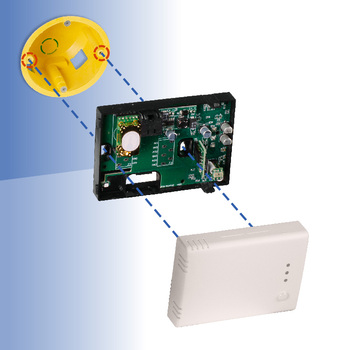
This HVAC transmitter offers a clear, visual indication of the CO2 level via the green, yellow and red LED. The green LED indicates that the CO2 level is within range - there is sufficient fresh air supply. When the CO2 level enters the alert range, the yellow LED lights up. Red means: CO2 out of range or insufficient fresh air supply. The ranges can be adjusted via the Modbus holding registers. The LED indicators can visualize the status of one of the three measured values, by default CO2.
What Are the Wiring and Power Requirements for the Sensor?
The cage clamp terminal blocks reduce wiring and installation time. They eliminate the need for routine maintenance and guarantee a reliable contact for solid or stranded wires. The supply voltage is 24 VDC. The ground terminals of the power supply (V-) and output (GND) are internally not connected. This means that a 4-wire cable is required to connect this sensor. Two wires for the supply voltage and (minimum) two wires to connect the output(s). Most 24 VDC power supplies offer protection against short circuit, overload and overvoltage. A 24 VDC supply voltage increases the safety and reliability of your installation.
How Does the ABC Logic Self-Calibration Algorithm Work?
The ABC logic self-calibrating algorithm is enabled by default. This algorithm is intended for use in applications where CO2 concentrations will fall to outside ambient conditions (400 ppm) at least once (15 minutes) in a 7-day period, as is common during unoccupied periods. The sensor will reach operational accuracy after 25 hours of continuous operation when exposed to 400 ppm 10 ppm CO2
How Should the Sensor Be Mounted Indoors for Optimal Performance?
This sensor can be installed indoors on a wall or on a surface. The mounting holes are adapted to standard European wall mounting boxes. The sensor can be attached to the wall mounting box with two screws. The sensor enclosure will cover the entire wall mounting box. To ensure optimal performance, the sensor should be protected from direct sunlight.
What Are the Enclosure's Design and Protection Features for Indoor Use?
The enclosure is designed for indoor use. It offers an IP30 protection against ingress of dust and moisture. The enclosure is exceptionally strong thanks to the use of high quality r-ABS plastic. Thanks to its contemporary modern design, this sensor can be used in most interior styles.
How to mount:
See how to connect your device in our video tutorial on our Youtube channel:

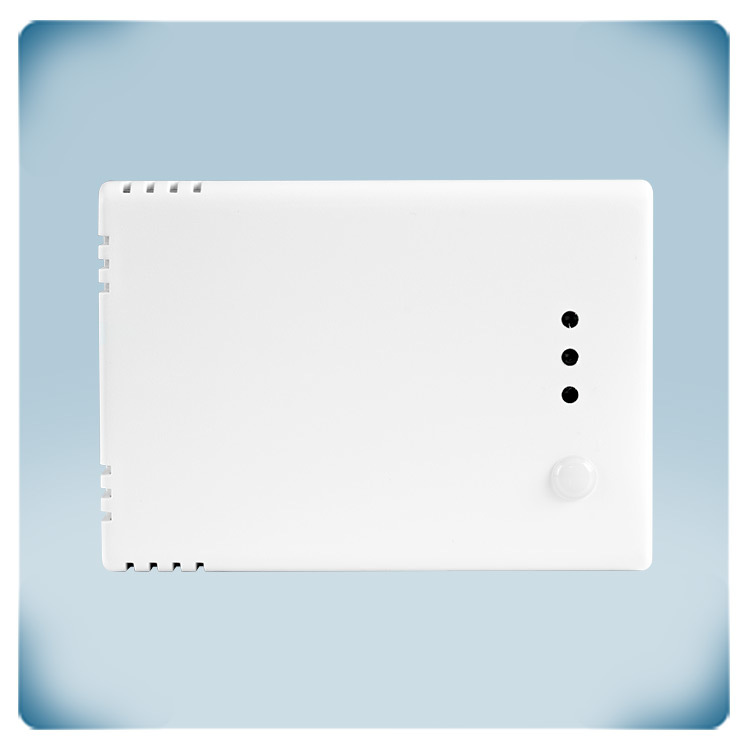
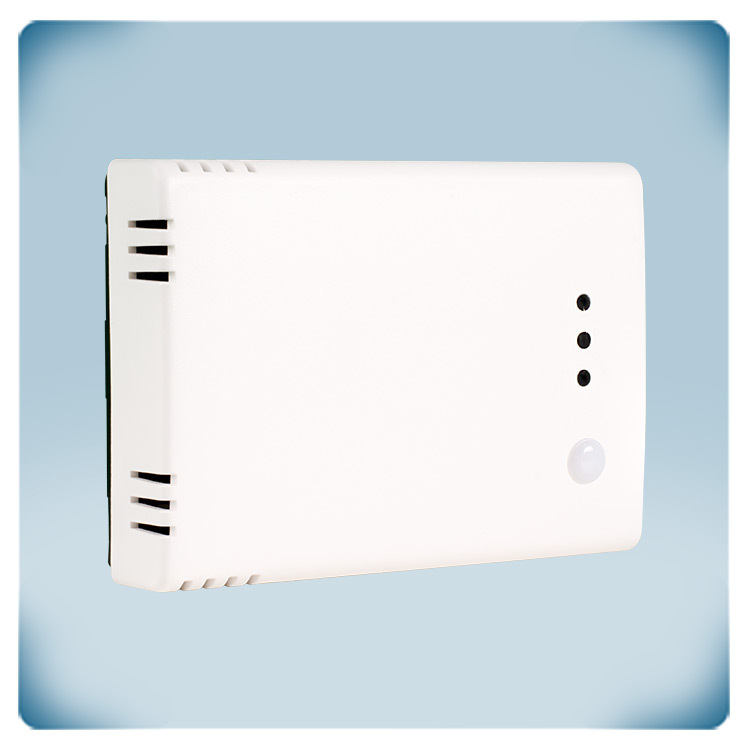
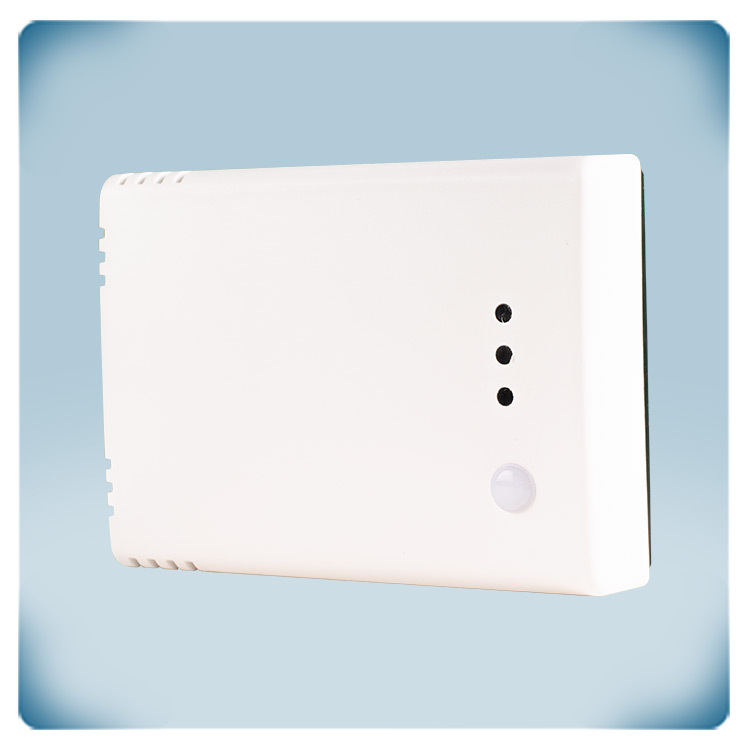
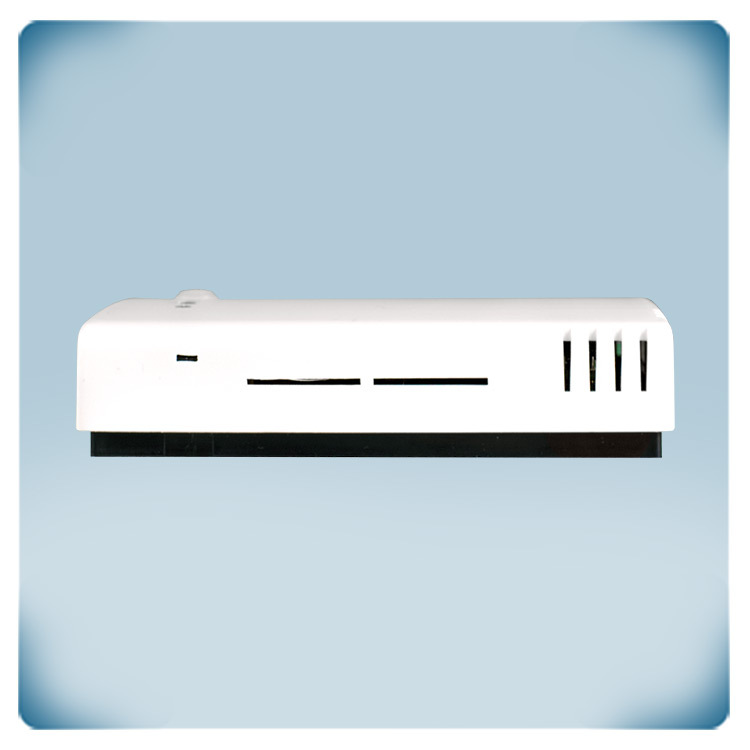
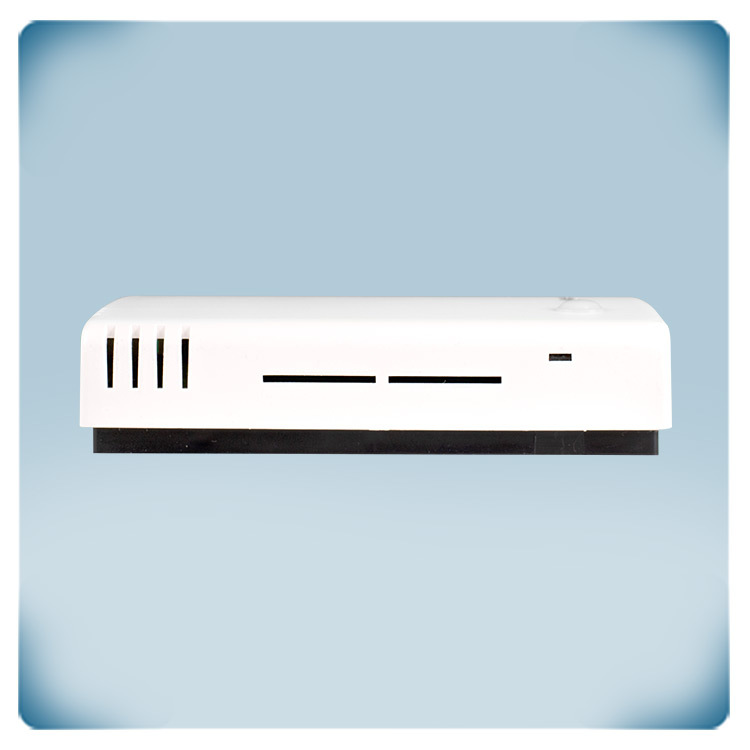

.webp)
.webp)
.webp)
.webp)
.webp)
.webp)
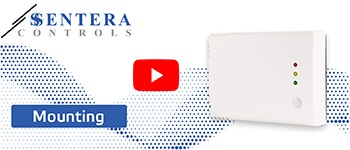

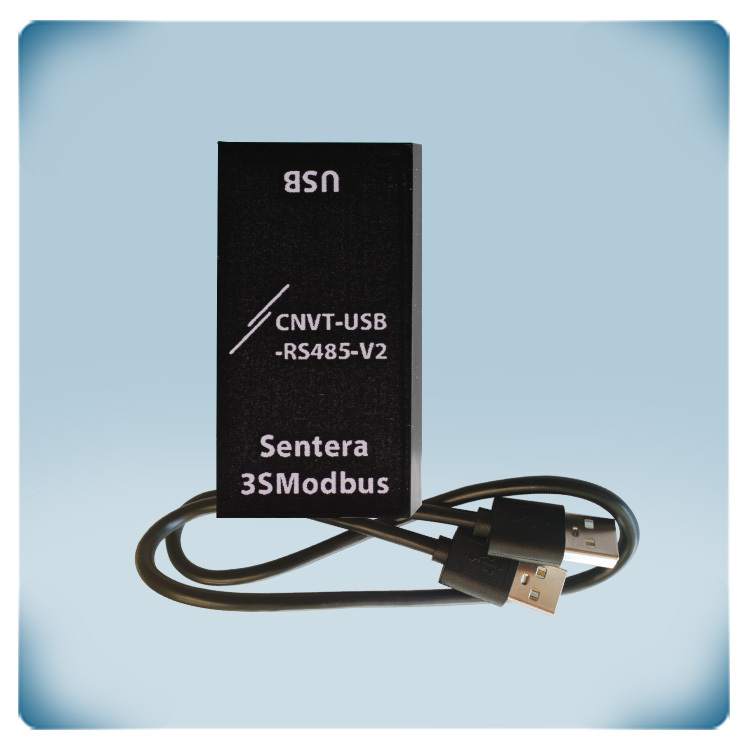
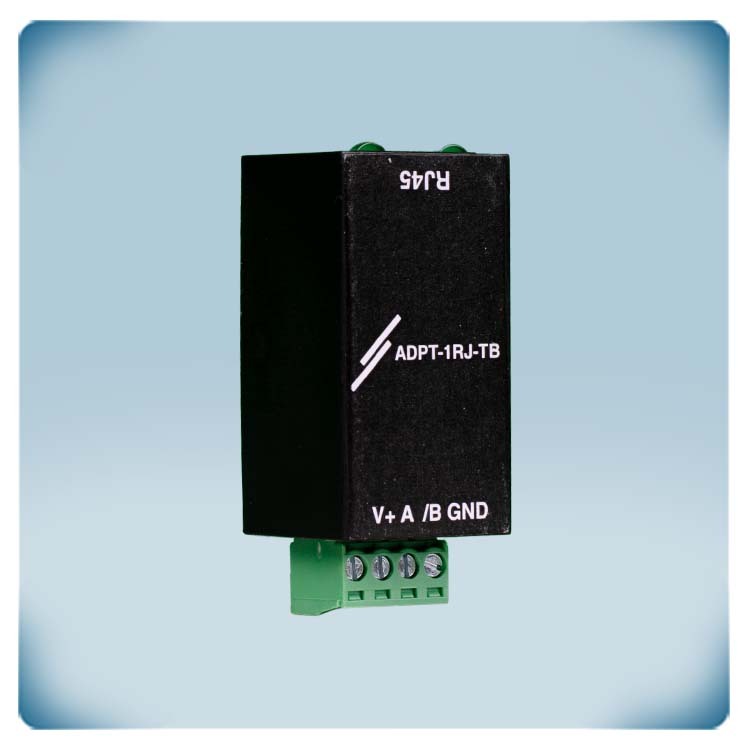
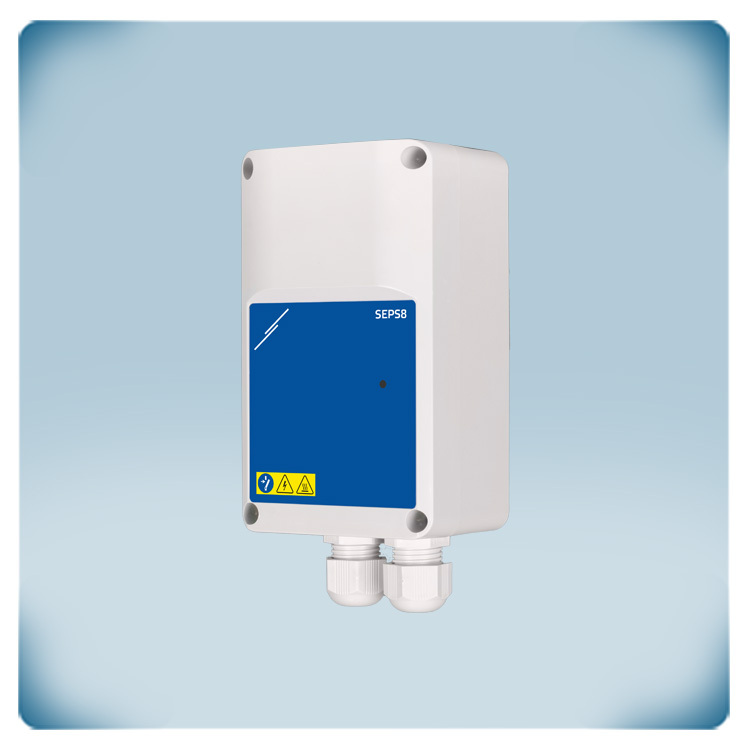
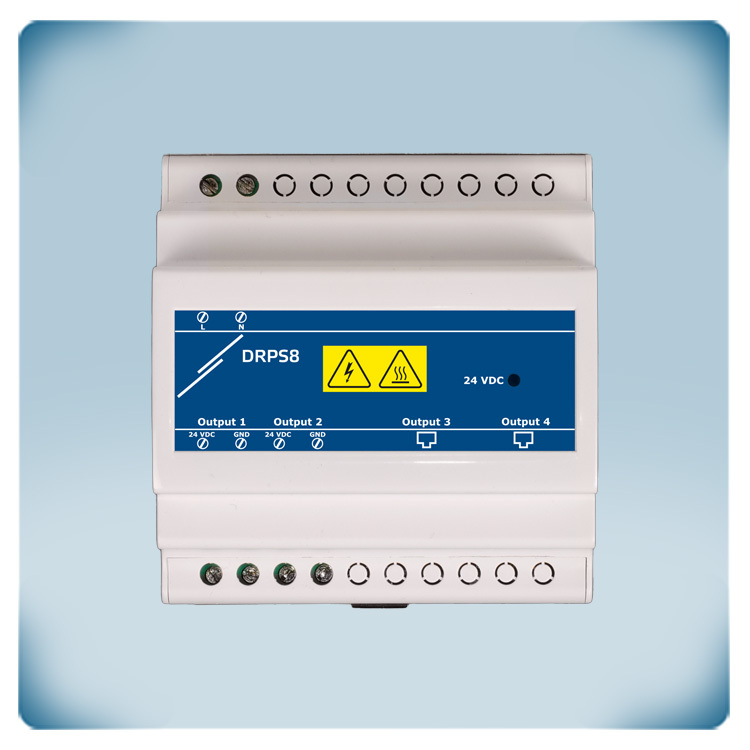
Remarks, reviews & ratings